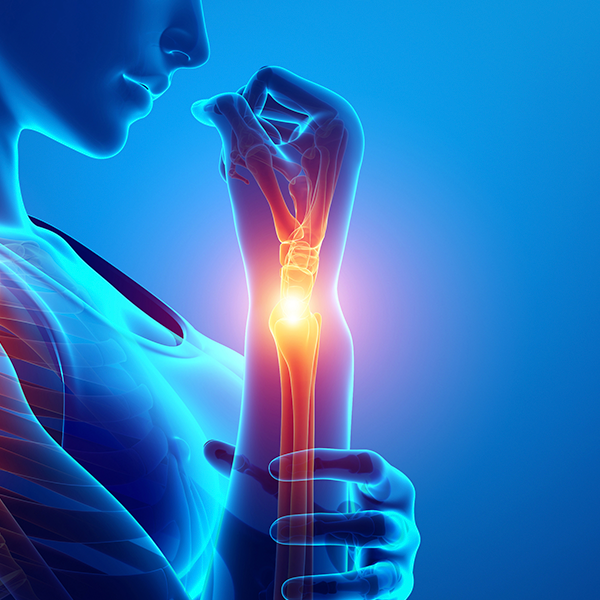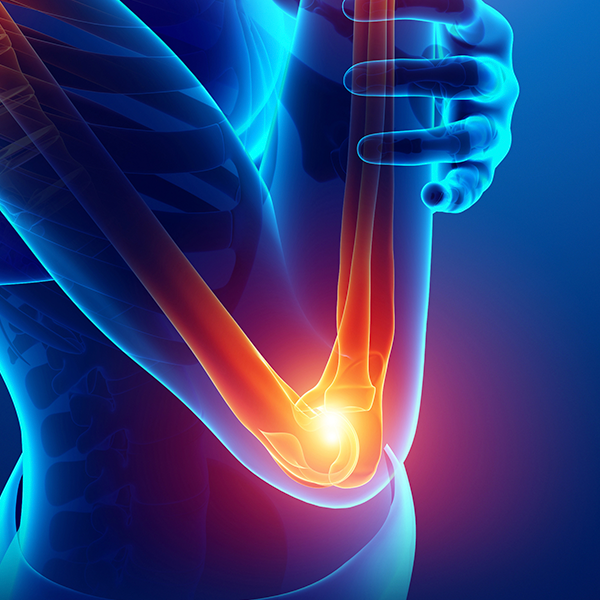Shoulder, Elbow Arm & Wrist
Shoulder, arm, and wrist pain are common complaints that affect millions of people worldwide. The pain can range from mild discomfort to severe pain, and it can be caused by a variety of factors, including injury, overuse, or underlying medical conditions.
Shoulder Pain:
Shoulder pain is a common problem that can be caused by a variety of factors, including rotator cuff injuries, arthritis, and bursitis. Symptoms of shoulder pain can include stiffness, weakness, and limited range of motion.
Rotator cuff injuries are a common cause of shoulder pain, and they can be caused by overuse or trauma. Rotator cuff injuries can range from mild strains to complete tears, and they can cause significant pain and disability.
Arthritis is another common cause of shoulder pain, and it can be caused by wear and tear or an underlying medical condition. Symptoms of arthritis can include stiffness, swelling, and pain.
Bursitis is an inflammation of the bursa, which is a small fluid-filled sac that helps cushion and lubricate the joints. Bursitis can be caused by overuse or injury, and it can cause significant pain and discomfort.
Common treatment recommendations for shoulder pain may include rest, ice, compression, and elevation (RICE), physical therapy, anti-inflammatory medications, and in severe cases, surgery.
Neuromechanical Treatment gets to the root cause of symptom expression and relieves pain by addressing the cause rather than masking the symptom.
Wrist Pain:
Wrist pain is a common problem that can be caused by a variety of factors, including injury, overuse, or underlying medical conditions. Symptoms of wrist pain can include stiffness, weakness, and limited range of motion.
One common cause of wrist pain is tendonitis, which is an inflammation of the tendons that attach to the wrist. Tendonitis can be caused by overuse or repetitive motion, and it can cause significant pain and discomfort.
Another common cause of wrist pain is carpal tunnel syndrome, which is caused by compression of the median nerve in the wrist. Symptoms of carpal tunnel syndrome can include numbness, tingling, and pain in the hand and wrist.
Common treatment recommendations for shoulder pain may include rest, ice, compression, and elevation (RICE), physical therapy, anti-inflammatory medications, and in severe cases, surgery.
Arm/Elbow Pain:
Arm pain is a common problem that can be caused by a variety of factors, including injury, overuse, or underlying medical conditions. Symptoms of arm pain can include weakness, numbness, tingling, and limited range of motion.
One common cause of arm pain is tennis elbow, which is an inflammation of the tendons that attach to the outer part of the elbow. Tennis elbow is typically caused by overuse and repetitive motion, and it can cause significant pain and discomfort.
Carpal tunnel syndrome is another common cause of arm pain, which is caused by compression of the median nerve in the wrist. Symptoms of carpal tunnel syndrome can include numbness, tingling, and pain in the hand and arm.
Common treatment recommendations for shoulder pain may include rest, ice, compression, and elevation (RICE), physical therapy, anti-inflammatory medications, and in severe cases, surgery.
Neuromechanical Treatment gets to the root cause of symptom expression and relieves pain by addressing the cause rather than masking the symptom.
In Conclusion
Shoulder, arm, and wrist pain are common complaints that can be caused by a variety of factors. Treatment for these types of pain may include RICE, physical therapy, anti-inflammatory medications, and in severe cases, surgery. If you experience persistent pain, it is important to seek professional attention to determine the underlying cause.
Neuromechanical Treatment gets to the root cause of symptom expression and relieves pain by addressing the cause rather than masking the symptom.
Who Treats Shoulder, Elbow Arm & Wrist Conditions
Primary Care Doctors
![]()
Many primary care practitioners support a wide range of care including Neuromechanical Impulse treatment. Your primary care doctor is likely to refer you to a Doctor of Osteopathic Medicine or a Doctor of Chiropractic specializing in Impulse care.
Orthopedic Doctors
![]()
A growing number of Orthopedic Doctors use Neuromechanical Impulse treatment in functional practice. It is often more difficult to obtain an appointment directly without a referral from your primary care physician. Your primary care physician my not know which Orthopedic offices offer these services.
Rheumatology Doctors
![]()
Doctors of Rheumatology often see patients with complex symptomology. Rheumatologists who have Neuromechanical awareness will likely refer you to a Doctor of Osteopathic Medicine or a Doctor of Chiropractic specializing in Impulse care.
Chiropractic Doctors
![]()
Narrowly focused training in systemic nervous systems, tendon/ligament, mechanical joint movement and conditions of the spine. Notably the most predominant group implementing this care, their hands-on experience and practical knowledge proves advantageous in Neuromechanical Impulse Treatment.
Neurosurgery Doctors
![]()
Doctors of Neurosurgery see patients referred to them for surgery. This group of doctors use advanced methods to determine the necessity of surgery. They often refer patients to other specialists if a positive outcome is likely without surgery.
Osteopathic Doctors
![]()
Considered a specialist among medical doctors, Osteopathic Doctors have advanced practical training in systemic conditions caused by the nervous systems and mechanical joint movement. (Neuro-Mechanical Systems) Rather than treating symptoms these specialists are highly focused on identifying the root cause.
Your Wellness Journey
Starts Here
Please use this form for help with Neuromechanical Impulse Therapy.
We will connect you with a practitioner in your area.




